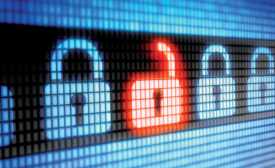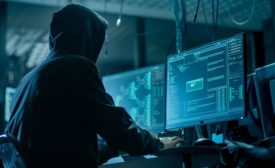Cybersecurity
Analyzing the EDPB’s draft recommendations on supplementary measures
In the wake of Schrems II, the EDPB’s much-anticipated recommendations provide extensive guidance on supplementary measures parties can use to legally transfer data out of the EEA in the absence of an adequacy decision.
November 20, 2020
Sign-up to receive top management & result-driven techniques in the industry.
Join over 20,000+ industry leaders who receive our premium content.
SIGN UP TODAY!Copyright ©2024. All Rights Reserved BNP Media.
Design, CMS, Hosting & Web Development :: ePublishing












